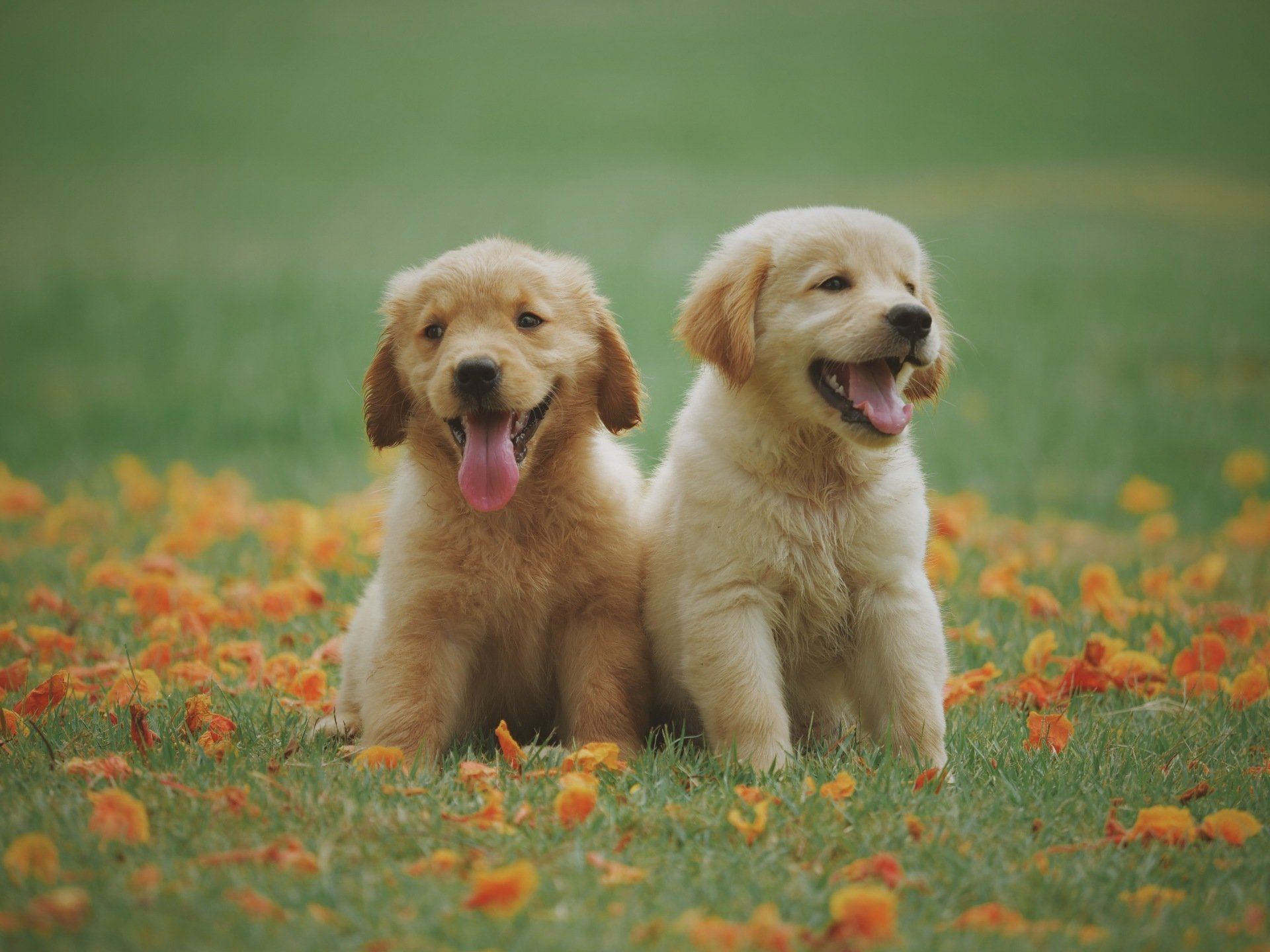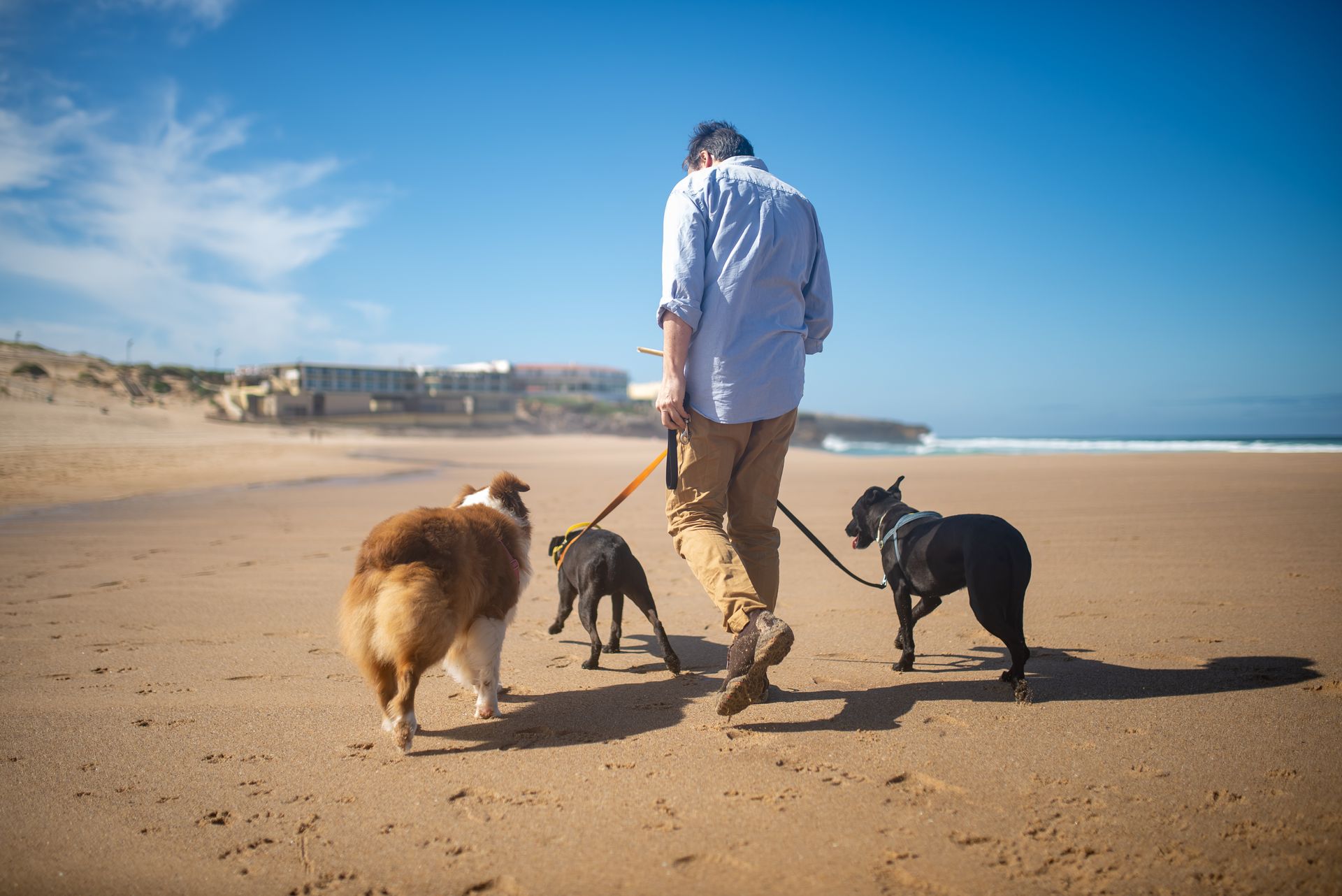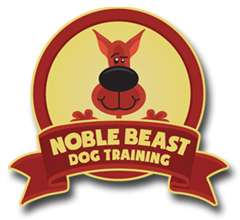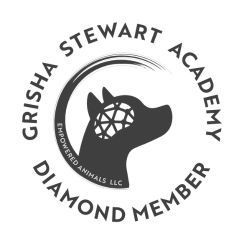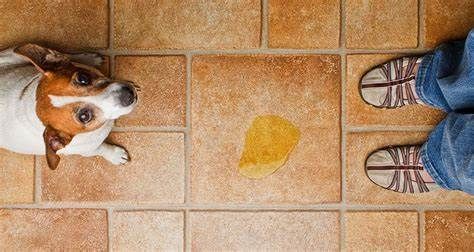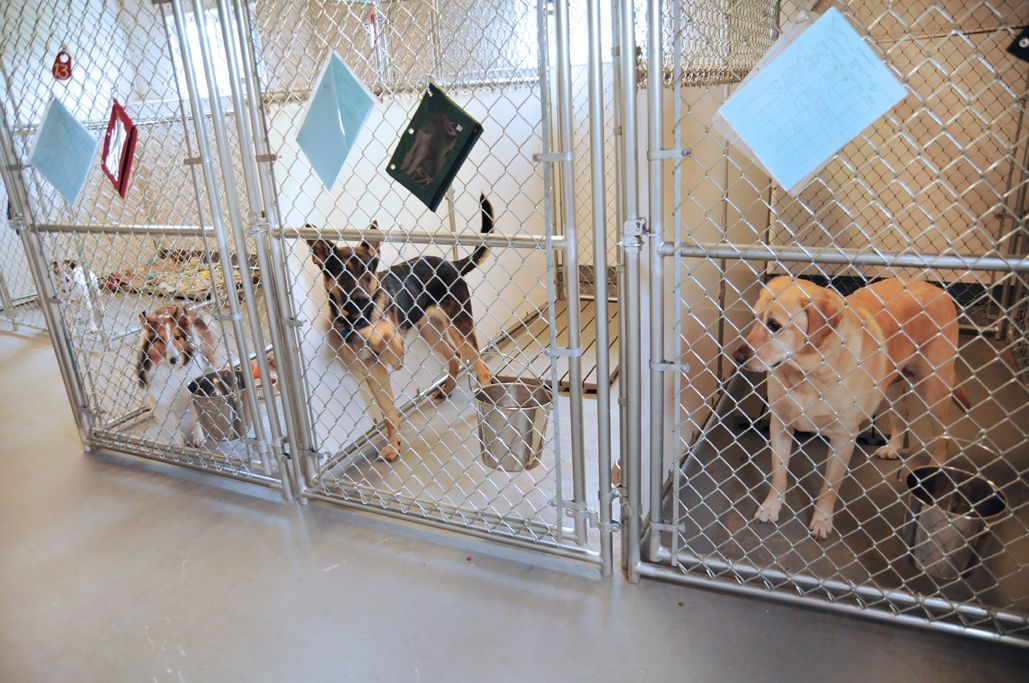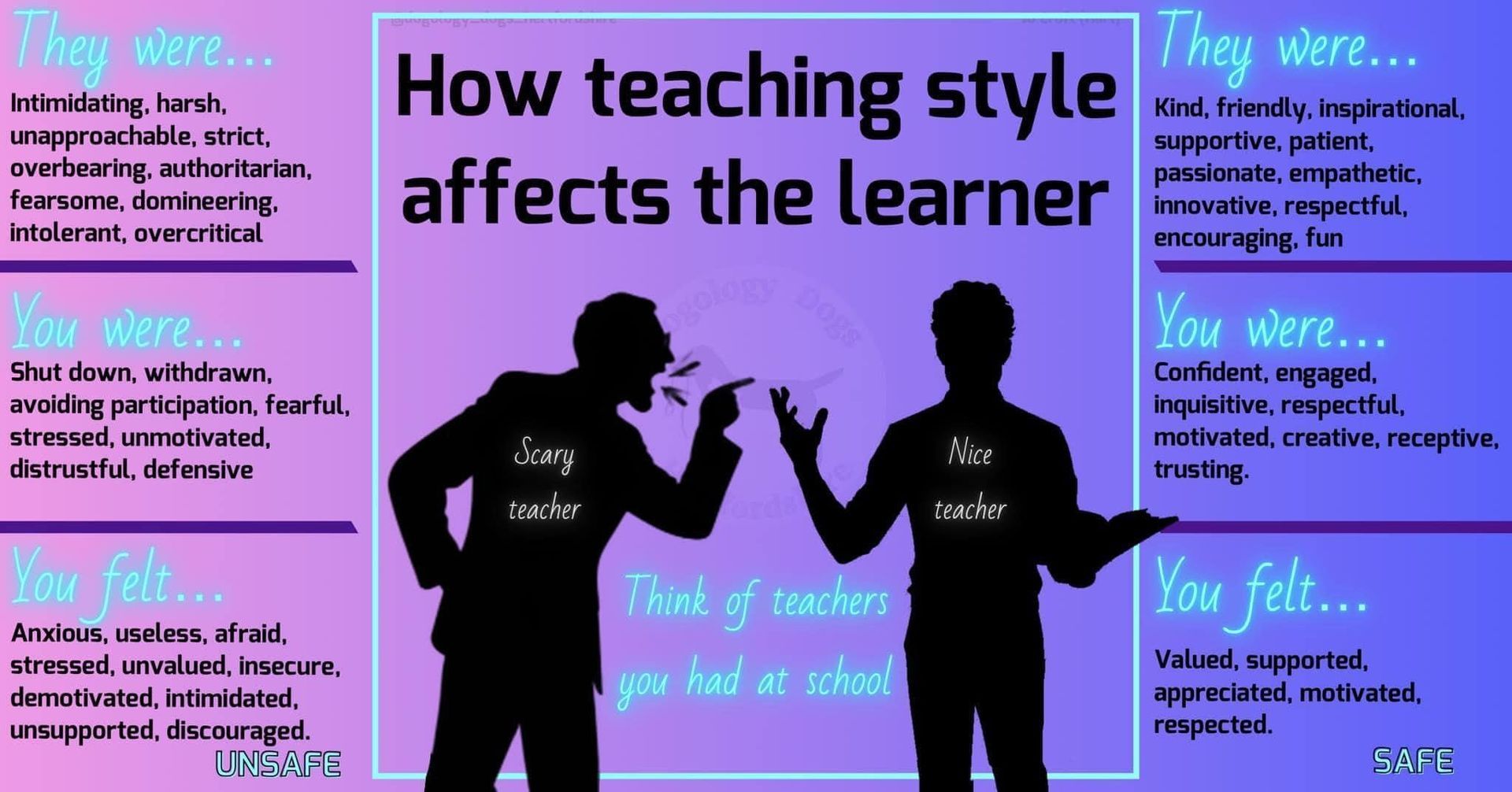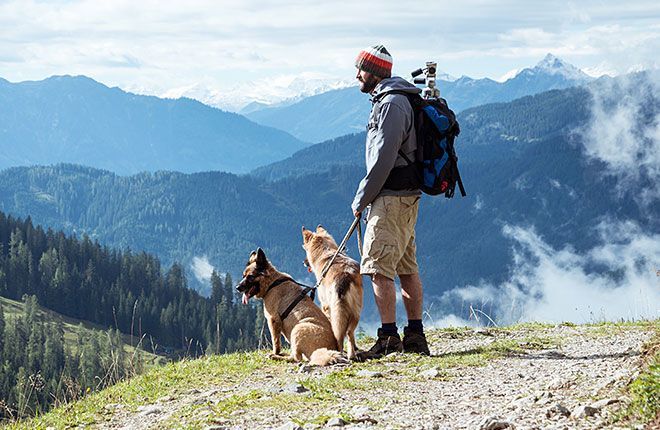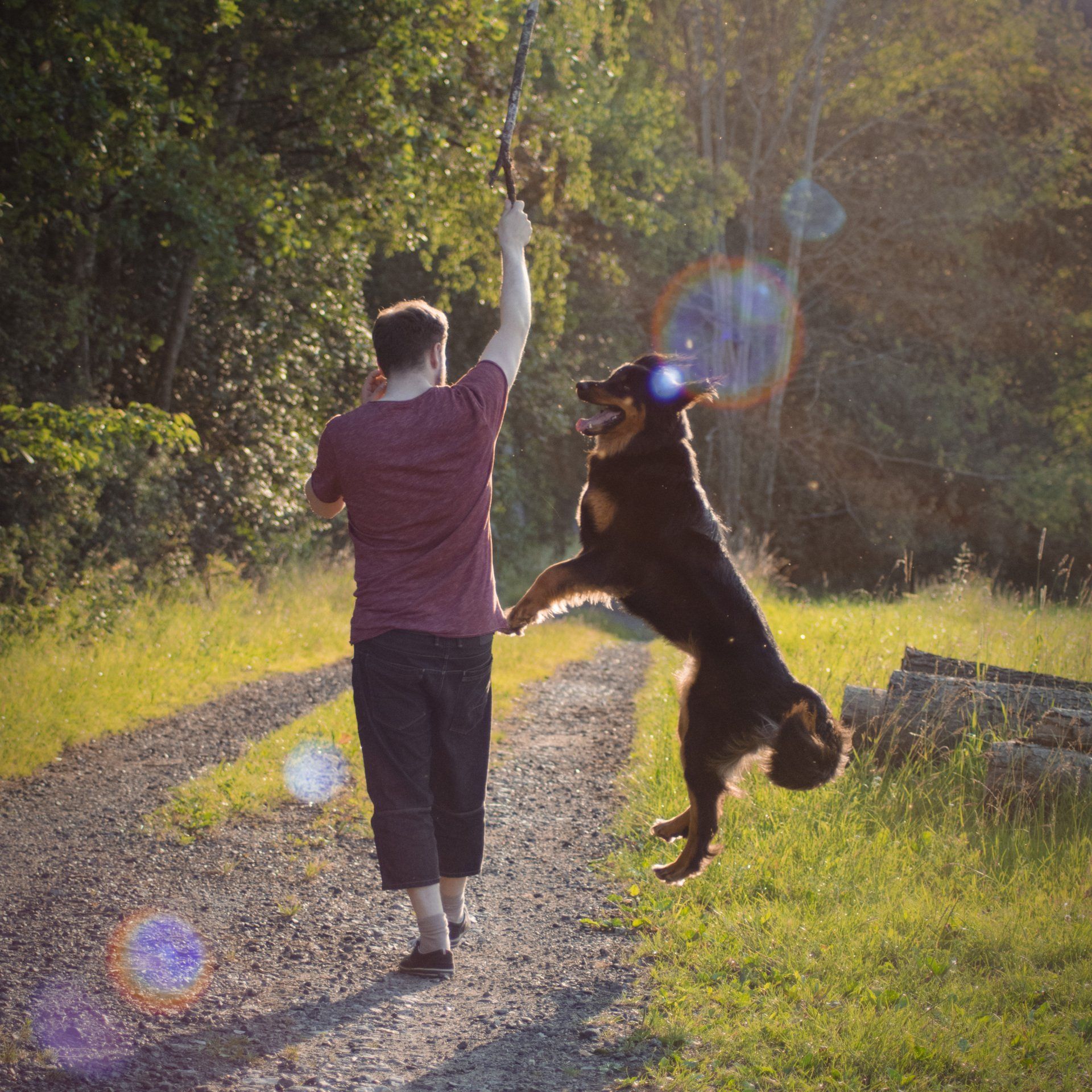Reactivity vs. Aggression in Dogs: Understanding the Difference and What You Can Do!
How Understanding Your Dog’s Big Reactions Can Transform Your Walks, Your Relationship, and Their Wellbeing!

Dogs communicate their feelings and needs through behavior, but sometimes those behaviors-like barking, lunging, or growling-can be confusing or concerning for owners. Two terms often used to describe these behaviors are reactivity and aggression. While they can look similar on the surface, understanding the difference is crucial for your dog’s well-being and your peace of mind.
What Is Reactivity?
Reactivity in dogs is a response to a trigger that is more intense than what might be expected. Common triggers include other dogs, strangers, loud noises, or unfamiliar environments. A reactive dog might bark, lunge, whine, or pace when exposed to these triggers. The key point is that reactivity is driven by heightened emotional arousal-often fear, excitement, or frustration-not necessarily a desire to harm.
For example, a dog who barks and pulls on the leash when seeing another dog may be overwhelmed, excited, or anxious, but not intending to attack. Reactivity is often context-dependent and usually subsides once the trigger is gone.
What Is Aggression?
Aggression, by contrast, involves behavior with the intent to threaten, create distance, or cause harm. Aggressive behaviors include snarling, snapping, biting, or body stiffening. Aggression is often rooted in fear, but can also be motivated by territoriality, resource guarding, or pain.
Unlike reactivity, aggression may not always have a clear trigger and can be more generalized or sustained. Aggressive dogs may continue to act offensively even after the trigger is removed.
Why Does the Difference Matter?
Understanding whether a dog is reactive or aggressive helps guide the safest and most effective response. Reactivity can escalate into aggression if a dog’s repeated attempts to communicate discomfort are ignored. For example, a dog who barks and lunges to create distance may eventually learn that snapping or biting is more effective if their warnings go unheeded.
Recognizing the Signs:
Behavior Reactivity Aggression
Motivation Emotional arousal (fear, excitement, anxiety) Intent to threaten or harm
Triggers Specific, predictable (dogs, people, noises) Sometimes seemingly unpredictable or generalized
Body Language Barking, lunging, whining, pacing, wagging tail, Snarling, stiff posture, fixed stare, snapping, biting,
ears back or forward, dilated pupils lips lifted, upright tail
Recovery Time Often recovers quickly after trigger is gone May stay aroused or escalate w/o clear trigger
Context Situational, often on leash or in new places Can occur in varied contexts
Solutions: What Can You Do?
- Identify Triggers: Watch for patterns in your dog’s behavior. What sets them off? Is it other dogs, strangers, or specific environments? Keeping a journal can help you spot trends.
- Manage the Environment: Avoid situations that overwhelm your dog. Give them space from triggers and use barriers or distance when needed.
- Read Body Language: Learn to recognize early signs of stress or discomfort, such as lip licking, yawning, or turning away. Intervene early to prevent escalation.
- Reward Calm Behavior: Use treats and praise when your dog remains calm around triggers. This helps build positive associations and emotional resilience.
- Teach Alternative Behaviors: Train your dog to focus on you, sit, or perform another behavior when they see a trigger. This redirects their energy and builds self-control.
- Gradual Exposure: Slowly and safely expose your dog to triggers at a distance they can handle, gradually decreasing the distance as they become more comfortable.
- Seek Professional Help: If your dog’s behavior is intense, unpredictable, or escalating, consult a certified dog trainer or behaviorist. Severe aggression, especially with a history of bites, requires expert guidance.
Final Thoughts
Labels like “reactive” and “aggressive” are helpful for understanding your dog’s behavior, but the most important thing is to focus on what your dog is actually doing and why. By observing, managing, and supporting your dog, you can help them feel safer and more confident-and enjoy a happier life together
